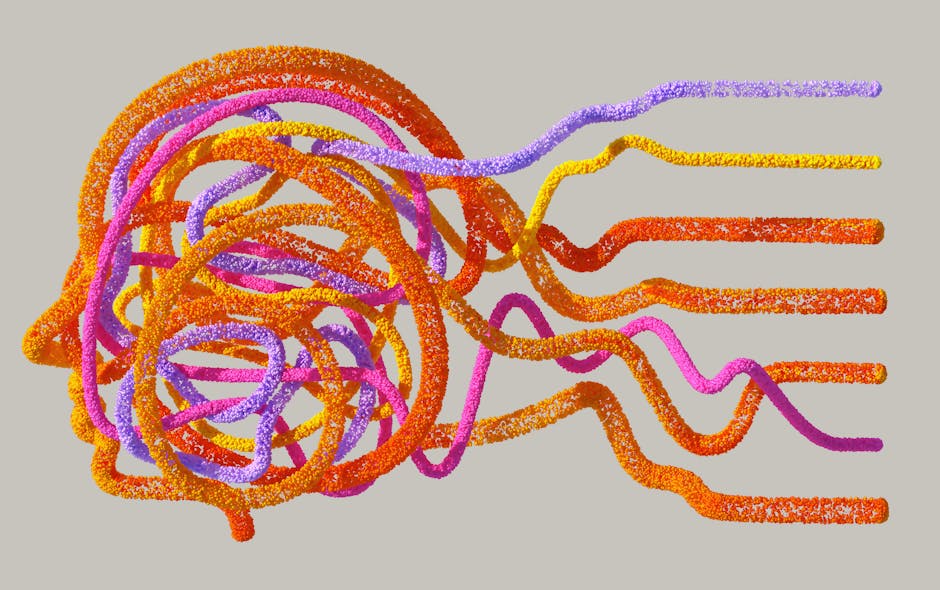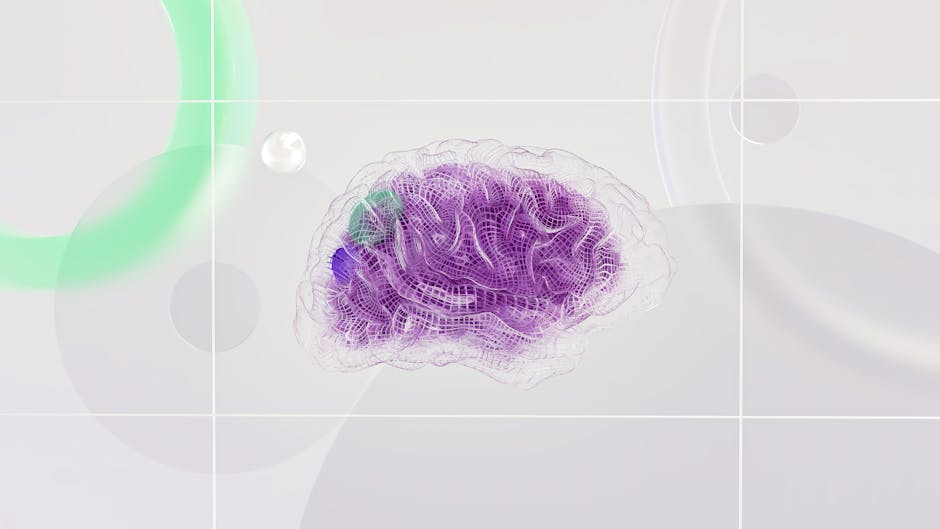Defining Brain Death: A Neurological Catastrophe
The term “brain dead” evokes a sense of finality, representing the irreversible cessation of all brain functions. It’s a profound and devastating neurological event, signifying the complete and permanent loss of brain activity. Unlike a coma, where some brain activity might persist, brain death signifies the absolute absence of any neurological function. This distinction is crucial, as it impacts legal, ethical, and medical decisions surrounding organ donation and end-of-life care. Understanding the complexities of brain death requires examining its various aspects, from the diagnostic criteria to its implications for families and society.

The Diagnostic Criteria: A Multifaceted Approach
Determining brain death is a rigorous process, demanding meticulous clinical evaluation. It’s not a single test but a series of examinations performed by trained medical professionals, often neurologists and neurosurgeons. These evaluations typically involve:
- Clinical Examination: This involves assessing the patient’s responsiveness, reflexes, and respiratory function. Absence of any response to painful stimuli, lack of spontaneous breathing, and the absence of brainstem reflexes are key indicators.
- Neuroimaging: Techniques like CT scans or MRI scans are used to visualize the brain and confirm the absence of brain activity. These images can reveal the extent of damage and aid in the diagnosis.
- Apnea Test (Absence of Breathing): This test involves removing the ventilator to observe if the patient attempts to breathe spontaneously. The absence of respiratory effort is a significant criterion.
- Cerebral Blood Flow Studies (optional): In some cases, cerebral angiography or other techniques might be used to demonstrate the complete absence of blood flow to the brain, conclusively indicating brain death.
The specific criteria and procedures for declaring brain death can vary slightly depending on the jurisdiction and local regulations. However, the core principles remain consistent across medical practices worldwide.
Causes of Brain Death: A Multitude of Factors
Brain death can stem from various causes, many of which involve severe and irreversible damage to the brain. These include:
- Severe Head Trauma: Blunt force trauma or penetrating injuries can cause extensive brain damage, leading to brain death.
- Stroke: Large strokes that disrupt blood flow to significant portions of the brain can result in irreversible damage.
- Anoxia (Lack of Oxygen): Prolonged periods without oxygen, such as during cardiac arrest or near-drowning, can deprive the brain of essential nutrients, causing irreparable harm.
- Brain Infections (Encephalitis, Meningitis): Severe brain infections can cause widespread inflammation and damage, potentially leading to brain death.
- Brain Hemorrhage (Bleeding in the Brain): Intracranial bleeding can exert pressure on brain tissue, causing damage and potentially leading to brain death.
- Tumors: In rare cases, large brain tumors can compress vital brain structures, leading to dysfunction and death.
The severity and location of the brain injury are critical factors in determining the outcome. The speed of intervention and the quality of medical care also play significant roles in influencing the prognosis.
Differentiating Brain Death from Coma and Vegetative State: Crucial Distinctions
It’s essential to distinguish brain death from other conditions that may involve reduced consciousness, such as a coma or a vegetative state. In a coma, although the person is unresponsive, some brain activity remains. Similarly, in a vegetative state, certain brain functions might be present, such as regulation of breathing and heart rate, but consciousness and awareness are absent. Brain death, however, represents a complete and irreversible cessation of all brain functions.

Ethical and Legal Implications: Organ Donation and End-of-Life Care
The determination of brain death has profound ethical and legal implications, particularly concerning organ donation. Because all brain functions have ceased, organs from a brain-dead individual can be harvested for transplantation. This offers hope and life-saving opportunities for others. However, the process necessitates careful consideration of ethical guidelines and legal frameworks to ensure informed consent and respect for the deceased individual’s wishes and those of their family.
Furthermore, the diagnosis of brain death signifies the end of life, leading to complex legal and end-of-life care considerations. This necessitates clear communication between medical professionals, families, and legal representatives to ensure appropriate support and facilitate a dignified process.

Support and Coping Mechanisms for Families: Navigating Grief and Trauma
The diagnosis of brain death is undeniably traumatic for families and loved ones. It triggers a profound grief process, filled with complex emotions and a need for comprehensive support. It is crucial to provide access to resources that address the psychological, emotional, and practical needs of bereaved families. These resources may include:
- Grief counseling: Professional support can help families navigate the intense emotional challenges.
- Support groups: Connecting with other families who have faced similar experiences can provide comfort and understanding.
- Spiritual and religious guidance: Faith-based support can offer solace and meaning during this difficult time.
- Practical assistance: Support with funeral arrangements, legal matters, and financial planning can reduce stress during this challenging period.
The loss of a loved one due to brain death is a profound experience. Providing comprehensive support and understanding to grieving families is an essential part of compassionate healthcare and societal response.
Ongoing Research and Future Directions: Advancing Our Understanding
Research continues to refine our understanding of brain death and improve diagnostic techniques. Advanced neuroimaging methods and studies of brain metabolism are contributing to a more precise and comprehensive assessment of brain function. These advancements are critical in ensuring accurate diagnoses and facilitating appropriate medical and ethical decisions.

